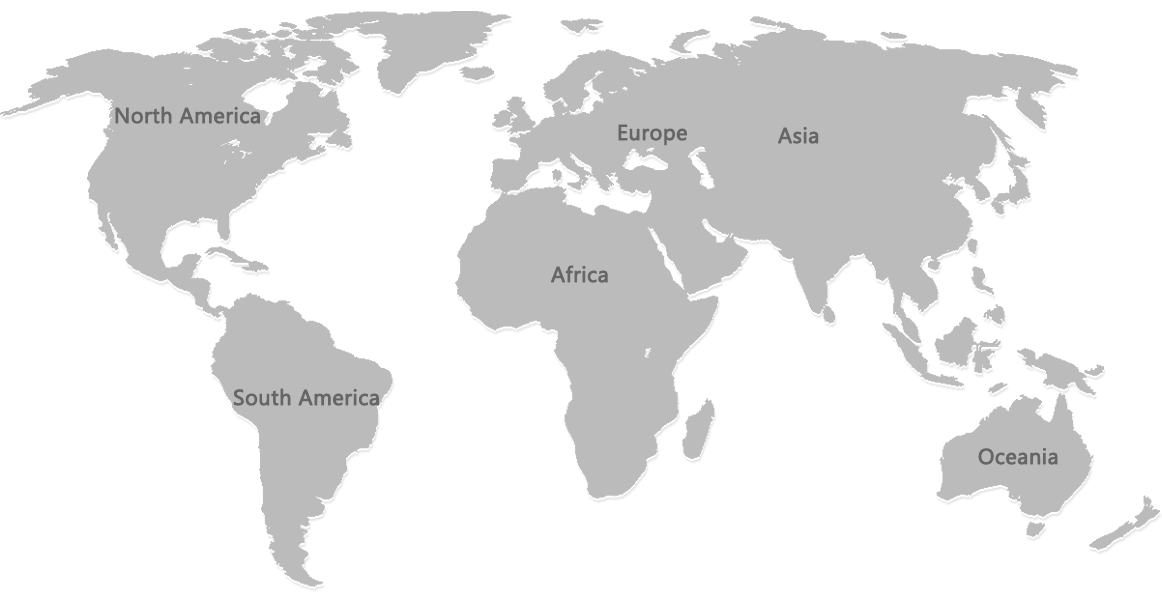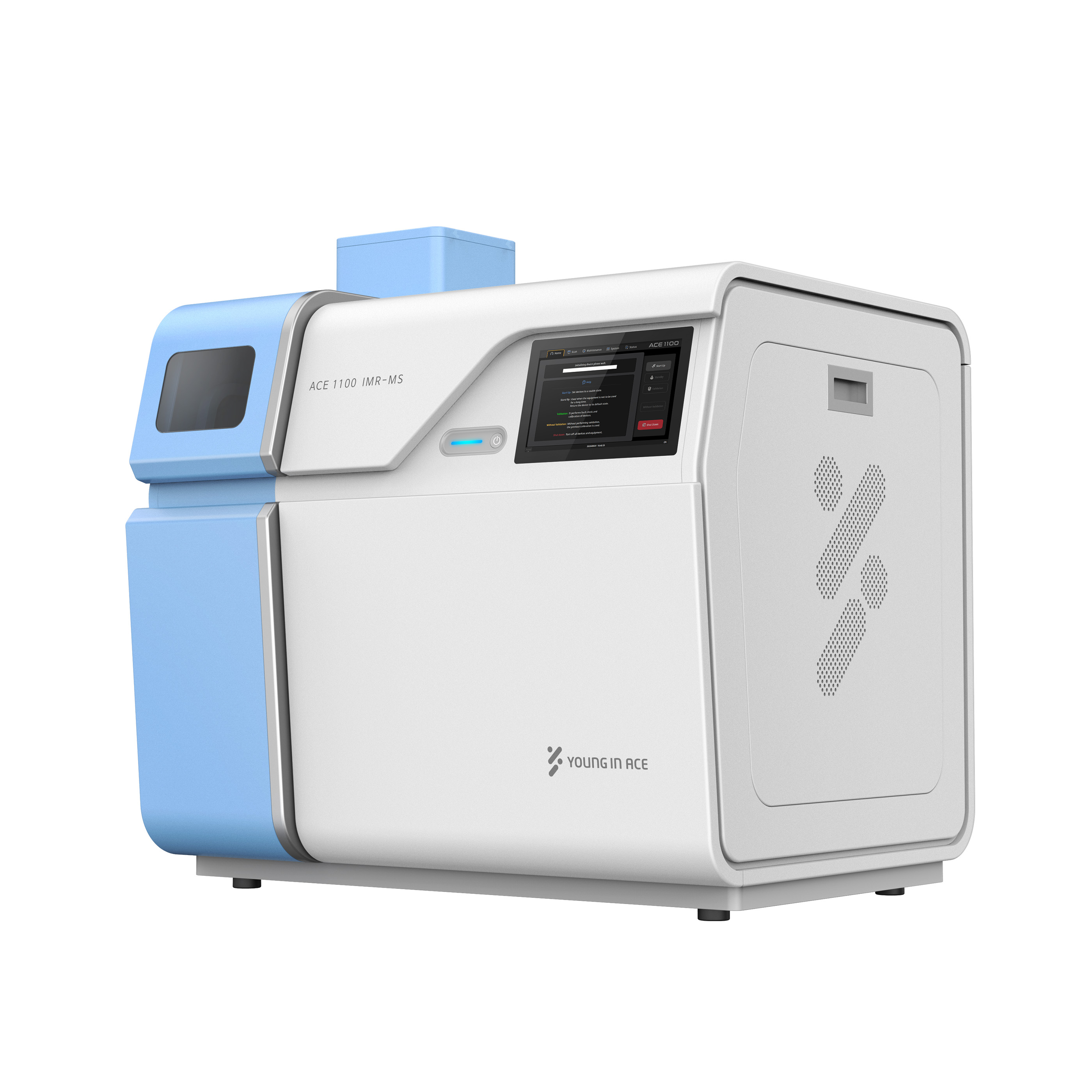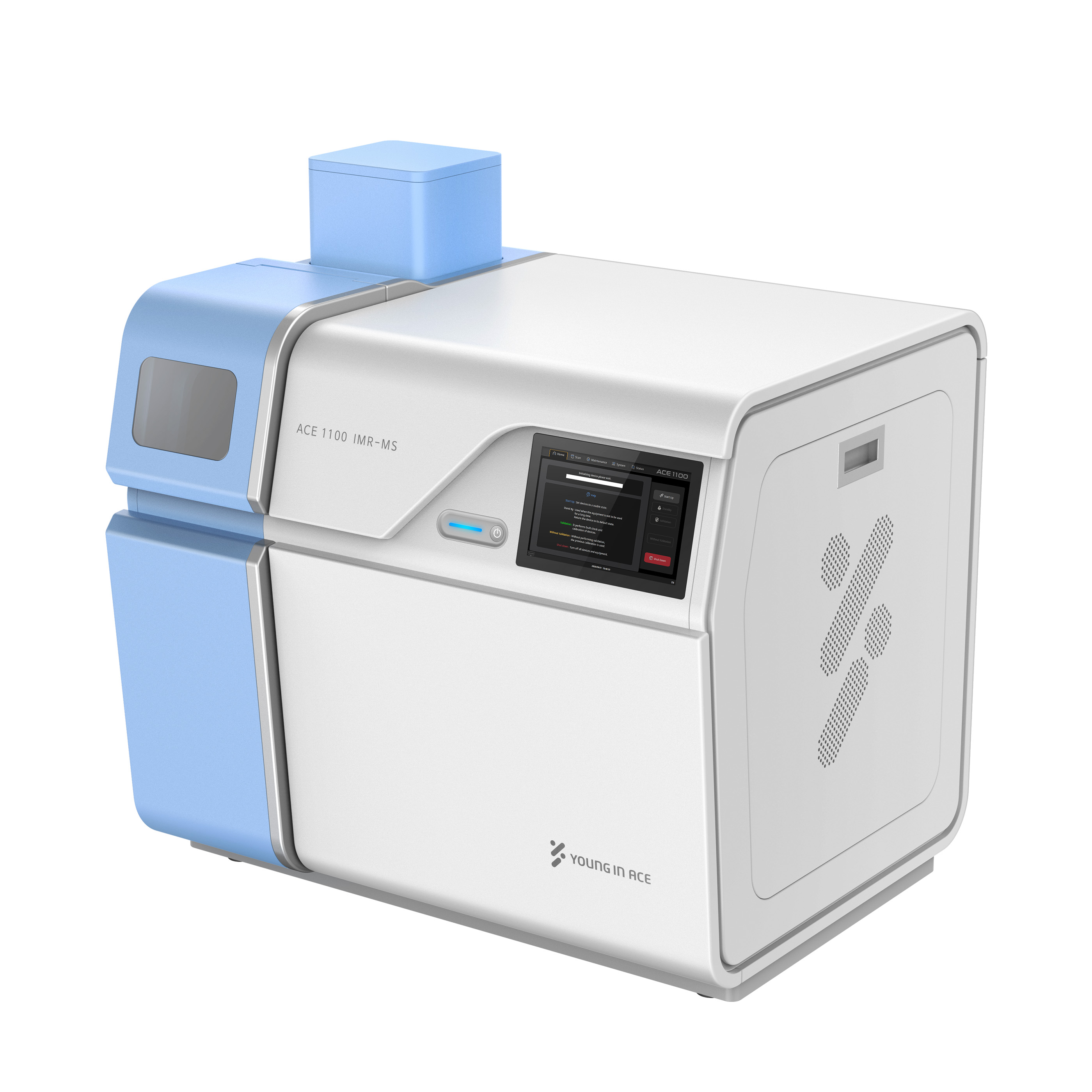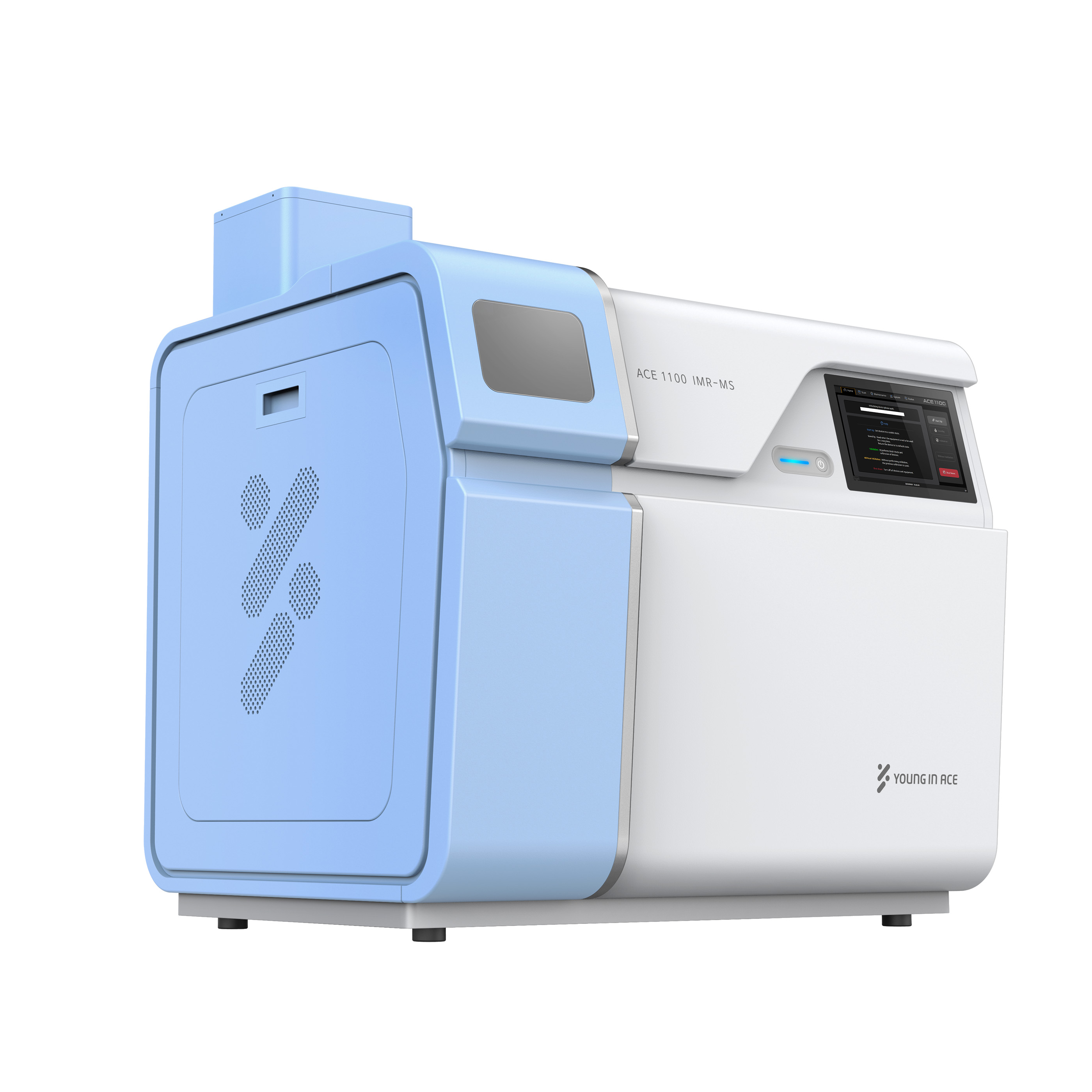product
- Atomic Force Microscope
- FE-SEM
- Hi-SEM
- Optical Interferometry System
- Sample Preparation
- Tabletop Microscope
- Transmission Electronic Microscope
- X-Ray Spectroscopy
- Fluorescence Spectrophotometer
- Amino Acid Analyzer
- Atomic Absorption Spectrophotometer
- Autotitrator
- Mercury Analyzer
- UV-VIS Spectrophotometer
- High Performance Liquid Chromatography
- Thermal Analyzer
- Automatic Moisture and Ash Content Analyzer
- Fluorescence Spectrophotometer
- Fluorescence Steady State & Life Time / Flash Photolysis
- Mercury Analyzer
- Raman Spectroscopy
- UV-VIS Spectrophotometer
- Mass Spectrometer
- FTIR Spectrometer
- Chromatography Data System
- Gas Chromatography
- Gas Chromatography-Mass Spectrometer (GC-MS)
- Liquid Chromatography
- Sampler and sample pretreatment system
- Column and Consumable
- Amino Acid Analyzer
- Anaerobic & Hypoxic Chambers
- Autoclave & Sterilization
- Biological Safety Cabinets & Clean Benches
- Blood bank & Phamacy Freezer
- Cryopreservation Systems
- DNA & RNA Purification
- Environmental Chambers
- Freezer Dryer
- High Capacity Centrifuge
- High Speed Centrifuge
- Lab Water Purification
- Lab Oven & Incubator
- Life Science
- Mixer
- Pipette
- Tabletop Centrifuge
- Ultracentrifuge
- ULT Freezer
- Temperature Forcing System
- Precisa Analytical Balances
- Precisa Micro Balances
- Precisa Precision Balances 0.001g
- Precisa 520 PB/PT Analytical and Precisa balances
- Preicsa 320 XB Series Balances
- Precisa 165 BJ Series Balances
- Precisa 410 SRS/SRC Series Scale
- Precisa 365 EM/330 XM Moisture Analyzers
- Precisa 490 Series Industrial Scales
- Precisa 321 LX/LS-STB Series Stirrer Balances
- Precisa 321 LG Series Balances
- Standard Balances
Ion Molecular Reaction Mass Spectrometry ACE-1100
ACE1100 Ion Molecular reaction Mass Spectrometer (IMR-MS) is an optimized mass spectrometer for qualitative and quantitative analysis of Volatile Organic Compounds (VOCs).
Download- Singapore
- Thailand
ACE 1100 IMR-MS
Ion Molecule Reaction Mass Spectrometer

Online real-time mass spectrometry system
ACE 1100 IMR-MS is a mass spectrometer optimized for qualitative quantitative analysis of volatile organic compounds (VOCs).
Unlike GC-MS and LC-MS, which are connected through the interface between chromatography equipment (GC, HPLC) and mass spectrometer for separation of components, real-time analysis results can be checked immediately through direct sample introduction, and analysis can be carried out by loading on transportation means. On-site analysis is performed by finding the necessary places, and monitoring is carried out immediately at various places where monitoring is required.
Theoretical background
Analysis of samples using IMR-MS results in the flow of reaction ion formation (precursor ion) → reaction ion selection → reaction with the analyte component (ionization) → qualitative quantitative flow.
Chemical ionization through reagent ions
In analysis using mass spectrometry, the ionization process of the analyte is essential. Representative ionization methods include Electron Impact Ionization (EI) and Chemical Ionization (CI). In IMR-MS, weak chemical ionization is required. A clear mass spectrum can be obtained by ionizing the analyte molecule as it is by using the (soft CI) method or minimizing molecular fragmentation .
Ionization of the analyte component
The reagent ion(s) moved to the reaction chamber reacts with the injected sample to ionize the analyte component. In the ionization process of the analyte component , different ionization mechanisms such as proton transfer, electron transfer, hydride abstraction, and molecular combination act to generate unique molecular ions depending on the analyte component.
Qualitative Quantitation
The ionized molecules are measured in the detector (electron multiplier) through the Second Mass Filter according to the mass-to-charge ratio.
Product Video:
Application: Environmental, Semiconductor, Clean
Room, Petrochemical, Indoor Air Quality, Occupational Health and Safety
Further information about Young-In Ace IMR-MS
product please visit
https://www.younginace.com/content.php?catcode=19100000

 Techcomp headquarters
Techcomp headquarters  Techcomp regional offices
Techcomp regional offices  Manufacturing, design and R&D facilities
Manufacturing, design and R&D facilities






 2606, 26/F., Tower 1, Ever Gain Plaza, 88 Container Port Road, Kwai Chung, N.T., Hong Kong
2606, 26/F., Tower 1, Ever Gain Plaza, 88 Container Port Road, Kwai Chung, N.T., Hong Kong +852-27519488 / WhatsApp/WeChat HK: +852-8491 7250
+852-27519488 / WhatsApp/WeChat HK: +852-8491 7250 techcomp@techcomp.com.hk
techcomp@techcomp.com.hk
 Sweep The Concern Us
Sweep The Concern Us